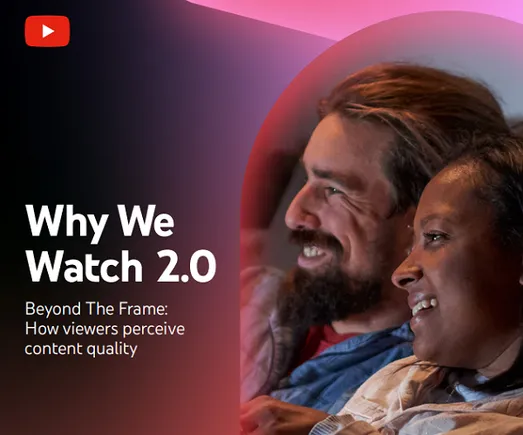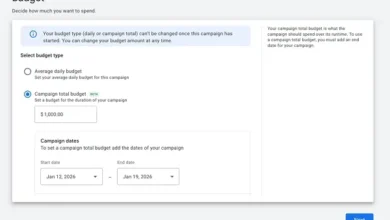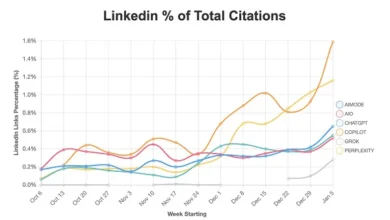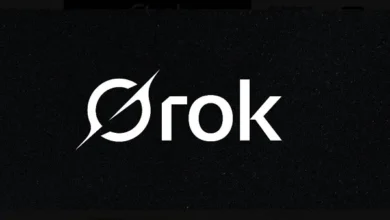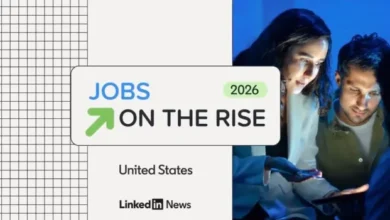Content marketing guides, and tips from the social platforms themselves, often include vague notes like: “Make quality content.” But what does that actually mean? What, exactly, qualifies as “quality content” in a social media context?
The answer, of course, is subjective. Millions of young viewers, for example, will argue that “Skibidi Toilet”, in which heads pop out of toilets and come alive, is quality content, while to outsiders, that’ll make no sense.
But even so, there are certain expectations and markers that point to content quality, which YouTube has sought to uncover in its latest report.
In YouTube’s “Why We Watch 2.0” report, the platform has incorporated survey and study insights from thousands of viewers, in order to get a better understanding of what they’re looking for in YouTube content.
The 32-page report is an expansion of the first “Why We Watch” report, which YouTube published last year, and looked at what people are looking for in YouTube content.
This second overview takes a deeper dive into what keeps people watching, and coming back to a channel for more.
You can download the full report for yourself here, but in this post, we’ll look at some of the key notes.
As noted, the main motivation of this new report is to examine the culture of YouTube viewers, and what keeps them coming back.
And according to YouTube’s data, community is a key motivator in this respect:
“Across all platforms, more than half of viewers agree that their content selections collectively create a sense of belonging, while a majority of younger viewers say that watching content on platforms like YouTube and Twitch makes them feel seen and understood. Surprisingly, the platform least likely to make people feel this way was broadcast media. With only slightly more than a third of viewers saying that TV makes them feel part of something bigger.”
In this sense, YouTube says that the days of appointment television are over, with viewers now getting that same community engagement from online content, not TV events.
In terms of specifics, YouTube’s data shows that viewers are seeking high quality content, though quality in this context relates more to emotional resonance than special effects.
“All viewers agreed that the most important emotional marker is that content should capture and hold attention. But beyond that, viewers older than 35 valued trustworthiness and compelling storytelling, while younger viewers prioritised creativity and personal relevance.”

Now, this is similar to the “quality content” advice I noted in the intro, as it’s one thing to say “create engaging content” and another to actually do it. A key point here is that people are seeking well-written, human-centered content, which in the push towards generative AI, seems to increasingly be getting overlooked.
Because while the latest video creation tools can give you amazingly realistic and engaging results, they lack that key factor, the human insight that viewers are pointing to here.
Indeed, as YouTube further notes:
“Where once people might have looked forward to the next big special-effects bonanza, our data suggests that the number of viewers who only care about visuals is now vanishingly small, at less than 1%. Audiences have come to crave a deeper connection with the content they consume, and even the most traditional media has had to adapt.”
It’s not just amazing visuals that engage, it’s human-centered stories, which gen AI tools cannot re-create.
Yet. Maybe, in future, generative AI will be able to put together resonant stories. But every time there’s a new breakthrough in AI animation, and somebody shares it on social saying that “Pixar is in trouble”, it’s worth noting that Pixar movies, and indeed all films, don’t work just because of technical budgets.
It takes Pixar’s writers two years, on average, to come up with the initial outline for each film, which is the bulk of production time for each project. And note, this is with a team of writers.
That human center is the critical pillar of the entire process.
Digging into more specifics of “quality” YouTube also found that young viewers are more interested in creativity, while older viewers focus more on accuracy.

The report also looks at how this sense of community engagement relates to ads on YouTube, with viewers being increasingly receptive to ads on the service in support of the creators they like.

Of course, the first point, “interesting and engaging”, is on YouTube’s targeting systems to ensure that you’re shown the right ads. But outside of that, as you can see, YouTube viewers are more open to ads than viewers on other platforms.
There are some interesting considerations here, and some interesting notes on what “quality” actually means in a video content context.
It’s not necessarily spelled out, and the definitions of such will vary from group to group, and topic to topic. But there are some helpful pointers here as to what helps build community around content, and how you can use that in your approach.
You can check out YouTube’s “Why We Watch 2.0” report here.
Source link
